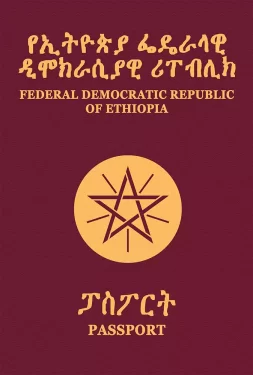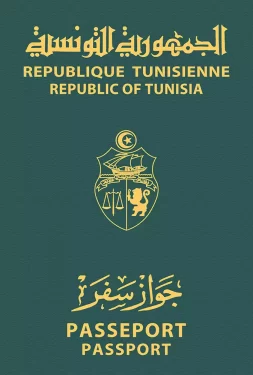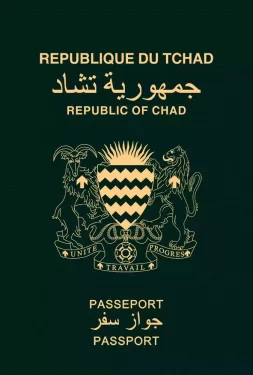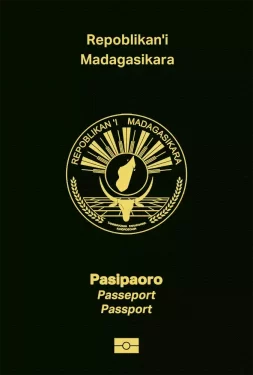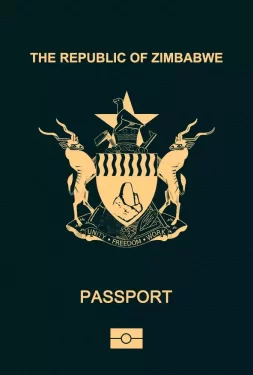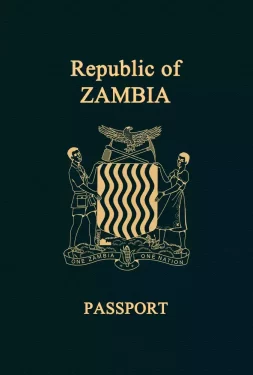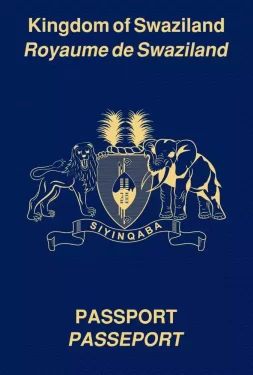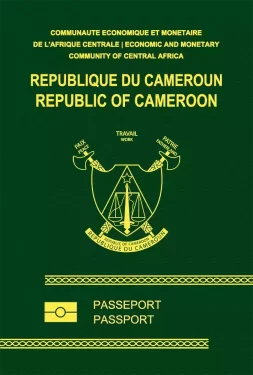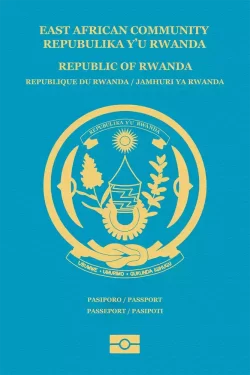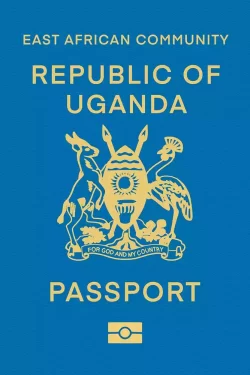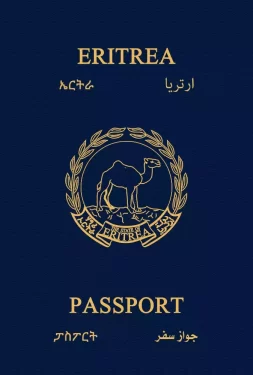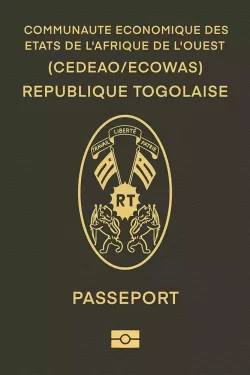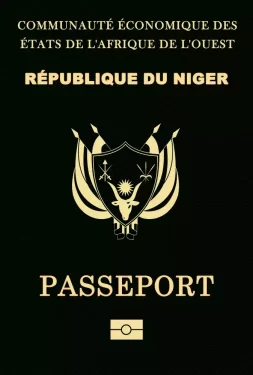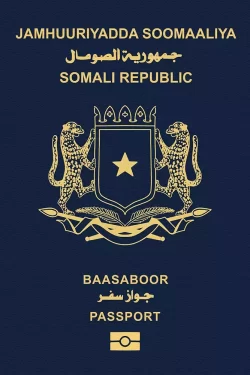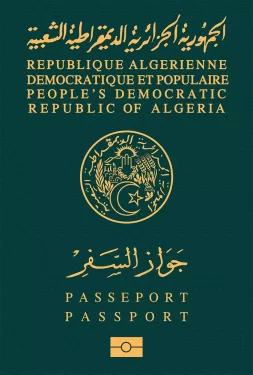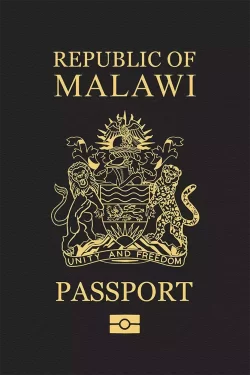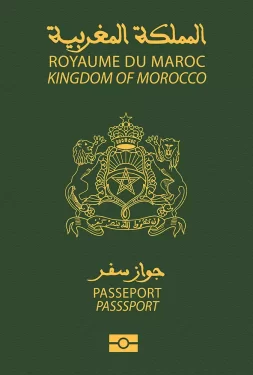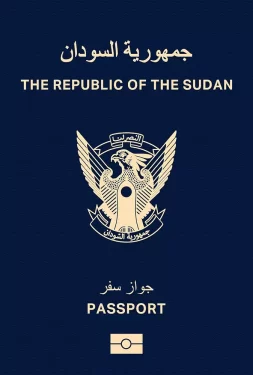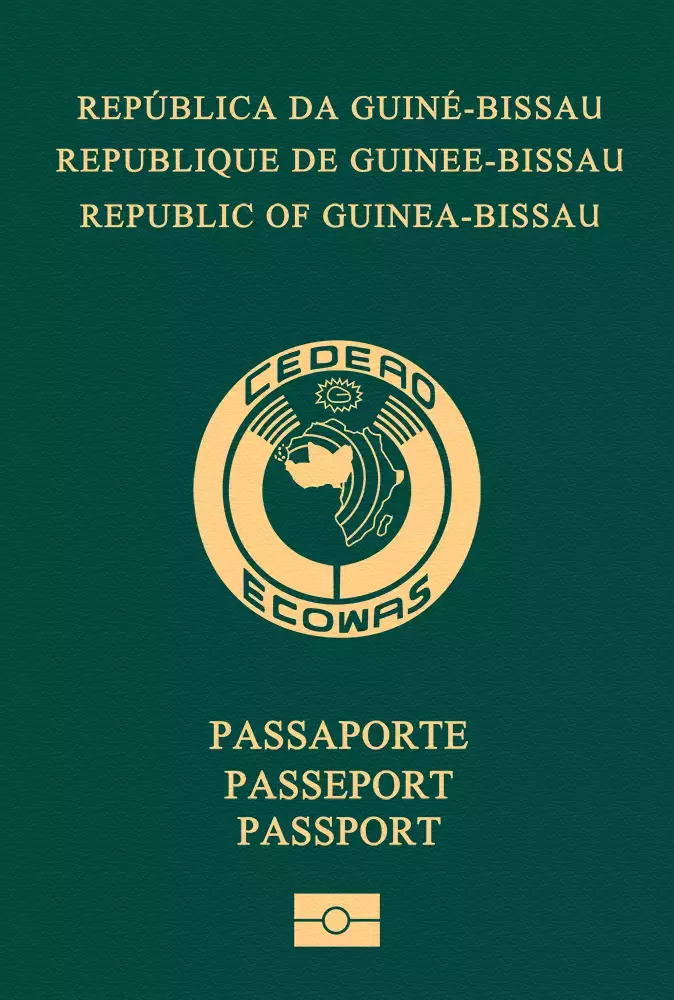

Guinea-Bissau
Guinea-Bissau passport ranking
The Bissau passport is currently ranked 87th place on the Guide Passport Index. It provides visa-free access to 53 destinations. Bissau Guinean passport holders have visa-free access and visas on arrival to countries such as Niger, Philippines, Singapore, Tunisia and Dominica. Bissau Guinean citizens do however require a visa to enter 176 destinations in the world such as China, Japan, Russia, the United States and the entire European Union. This high visa requirement results in a low mobility score.
Guinea-Bissau Passport Ranking
The Guinea-Bissau passport ranking relative to other global passports is calculated by adding up the number of countries that allow Guinea-Bissau passport holders to enter without a visa (i.e. visa-free countries) and those that allow Guinea-Bissau passport holders to enter by obtaining a visa on arrival (i.e. visa-on-arrival countries) or an electronic travel authorization (eTA). There are currently a total of 28 Guinea-Bissau passport visa-free countries, 23 Guinea-Bissau visa-on-arrival countries, and 2 eTA destinations.
Altogether, Guinea-Bissau passport holders can enter a total of 53 destinations—either without a visa, through a visa on arrival, or via an eTA. As a result, the Guinea-Bissau passport ranks 87 in the world.
Separate from these Guinea-Bissau visa-free countries and visa-on-arrival countries, there are 176 additional destinations which Guinea-Bissau passport holders either need a physical visa to enter or an eVisa (i.e. visa required countries).
About Guinea-Bissau
The Republic of Guinea-Bissau is a former Portuguese colony. Located in Western Africa, it consists of 8 regions. It borders with Guinea, Senegal and the North Atlantic Ocean. The most important regions are Bissau, Biomo and Bolama. The nation is the 42nd largest country in Africa with a surface area of 36,125 square kilometers. This makes it one of the smaller sized countries of the continent. Its climate is tropical, which means is generally hot and humid with a monsoon rainy season from June to November. The terrain is characterized by low coastal plains, swamps and mangroves with forest savanna in the east.
The overall population is over 1.8 million people. The capital of the country is Bissau, which is also the most populous city with 500,000 inhabitants. Other important cities of the country are Bafata, Gabu and Bissora. The largest airport is Osvaldo Vieira International Airport (OXB). It connects the country to destinations across Africa and to Portugal.
The Republic of Guinea-Bissau gained independence from Portugal in 1973. Its culture is dominated by a mix of traditions and the Portuguese heritage. There is a religious mix in the country, with the vast majority being Muslim. The official language of the nation is Portuguese. The legal system is the civil law based on the Portuguese system. The government form is a semi-presidential republic with President Umaro Cissoko Embalo as elected chief of state and Prime Minister Nuno Nabiam as head of government. Elections take place every 5 years and the president is elected by an absolute majority.
The official currency of the country is the West African CFA franc (XOF) with the current exchange rate being XOF 560 to the USD. Guinea has an open economy, generating a GDP of approximately $3.3 billion. It has a per capita income of $1,951. The main GDP contributing sectors are services, agriculture and industry. 80% of the country’s export is contributed by cashews, which remains the only big source of income for now. There are however significant mineral reserves for future exploration and economic development.
Guinea-Bissau is a developing tourism destination offering limited tourist attractions. It is known for its wildlife and nature. There is currently no UNESCO world heritage site. The main tourist attractions are beaches and wildlife safaris. Some of the main destinations are Orango Island, Bubaque Island, Dulombi-Boe National Park, Bissau, Bolama Island, Varela, Rubane and Saltinho. There were about 45,000 visits to the country per year in average.
